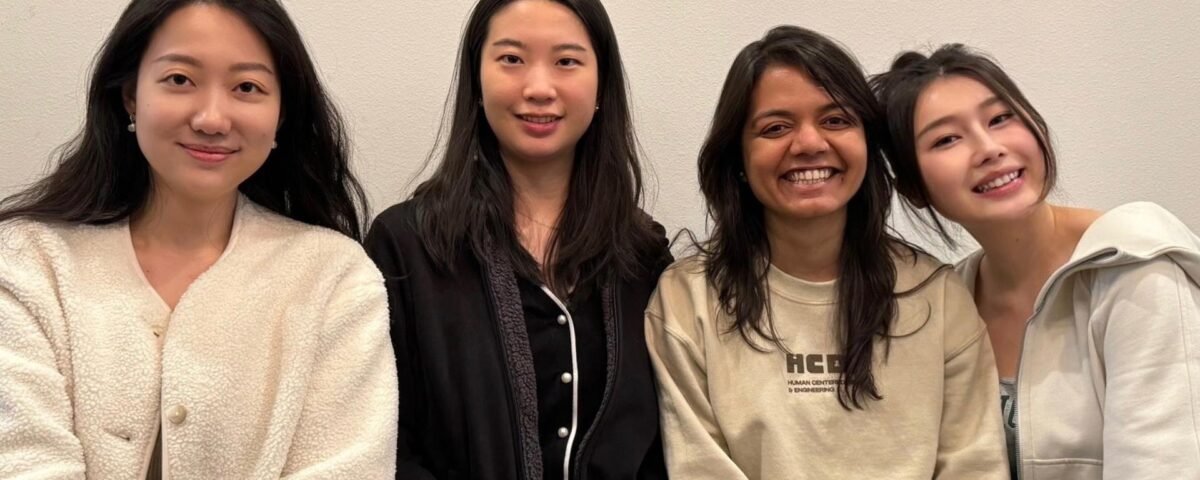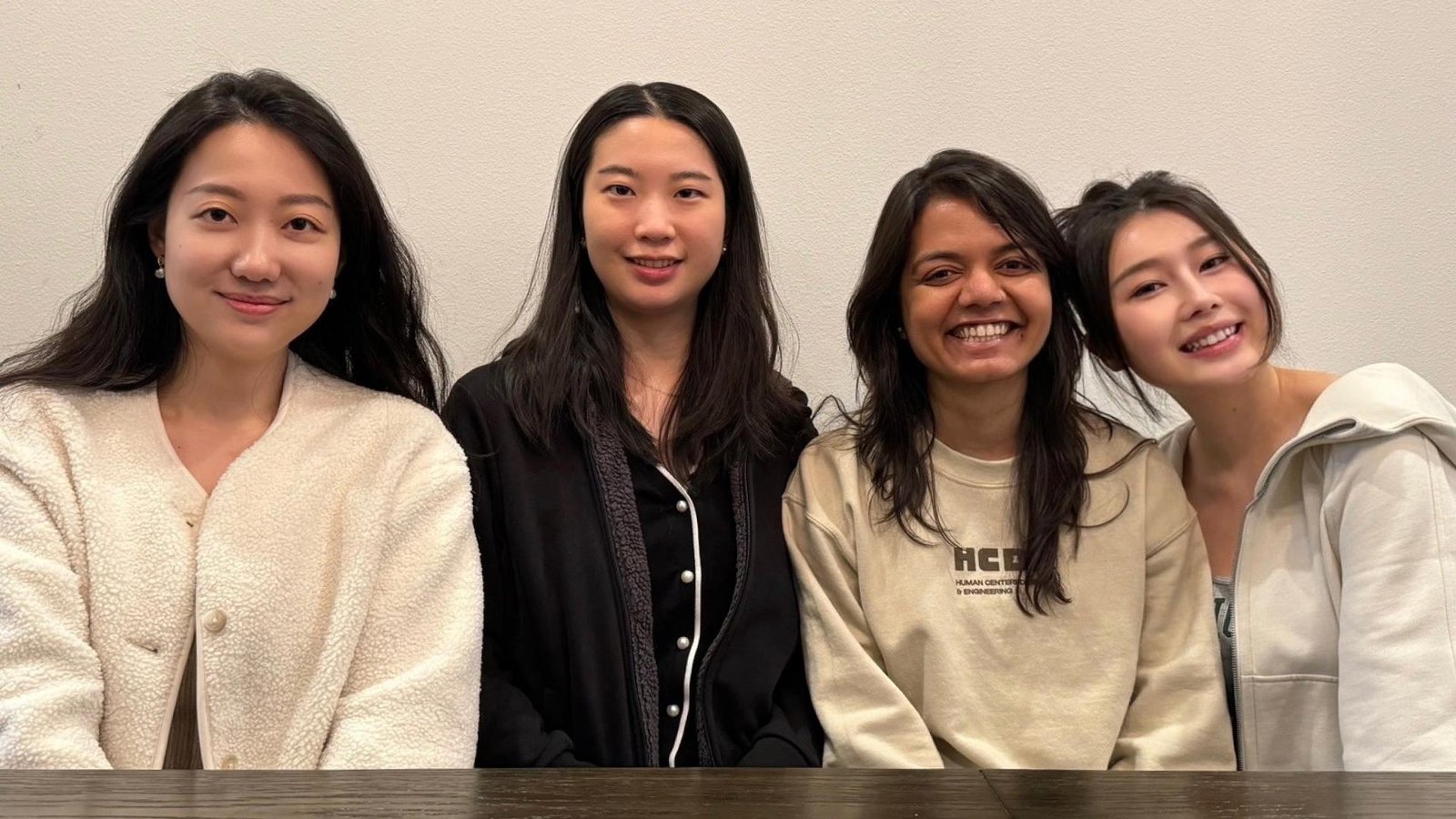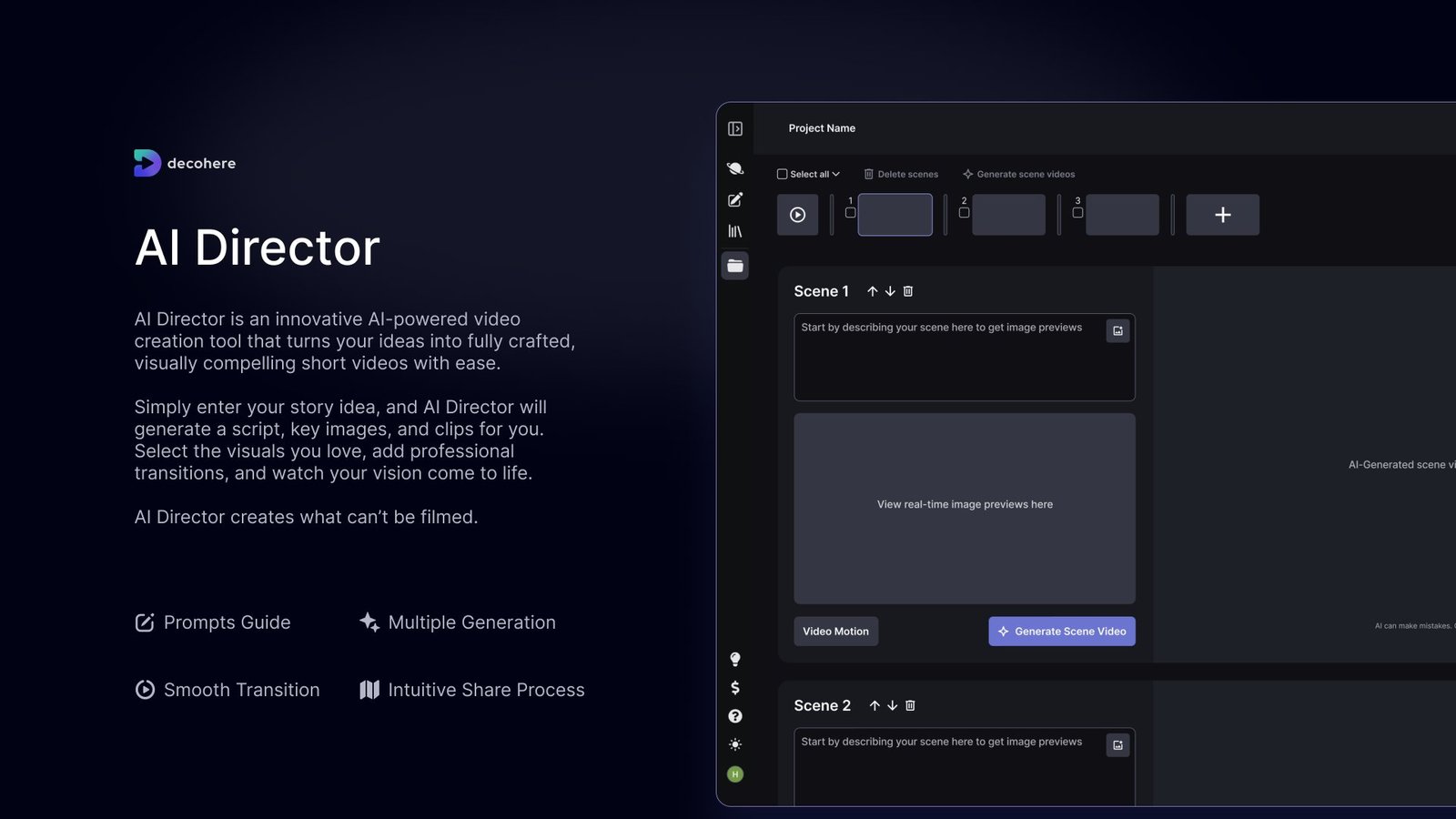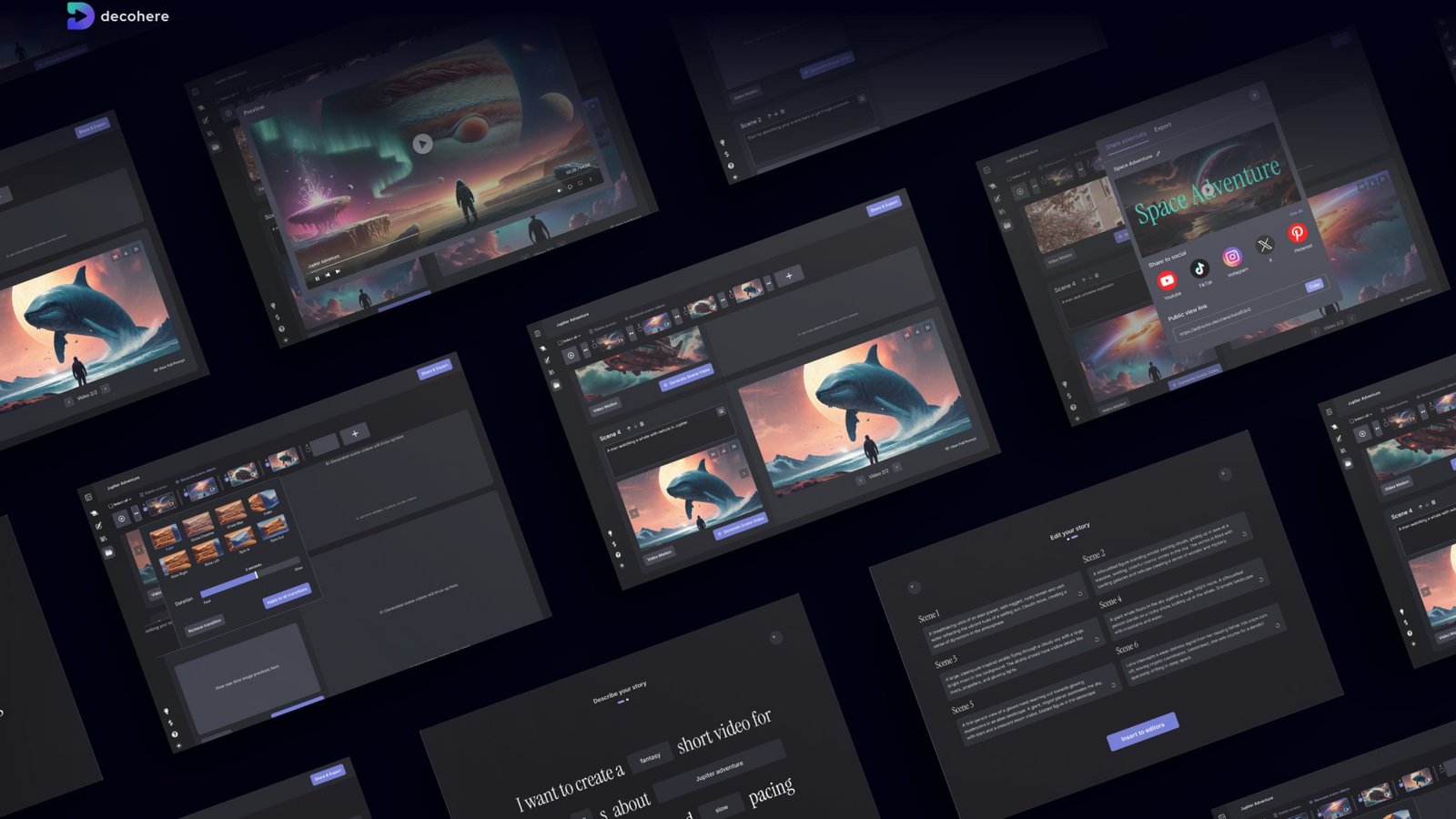
Behind the Growth: How Debra Freitas Drives Innovation at Light Source Communications
June 2, 2025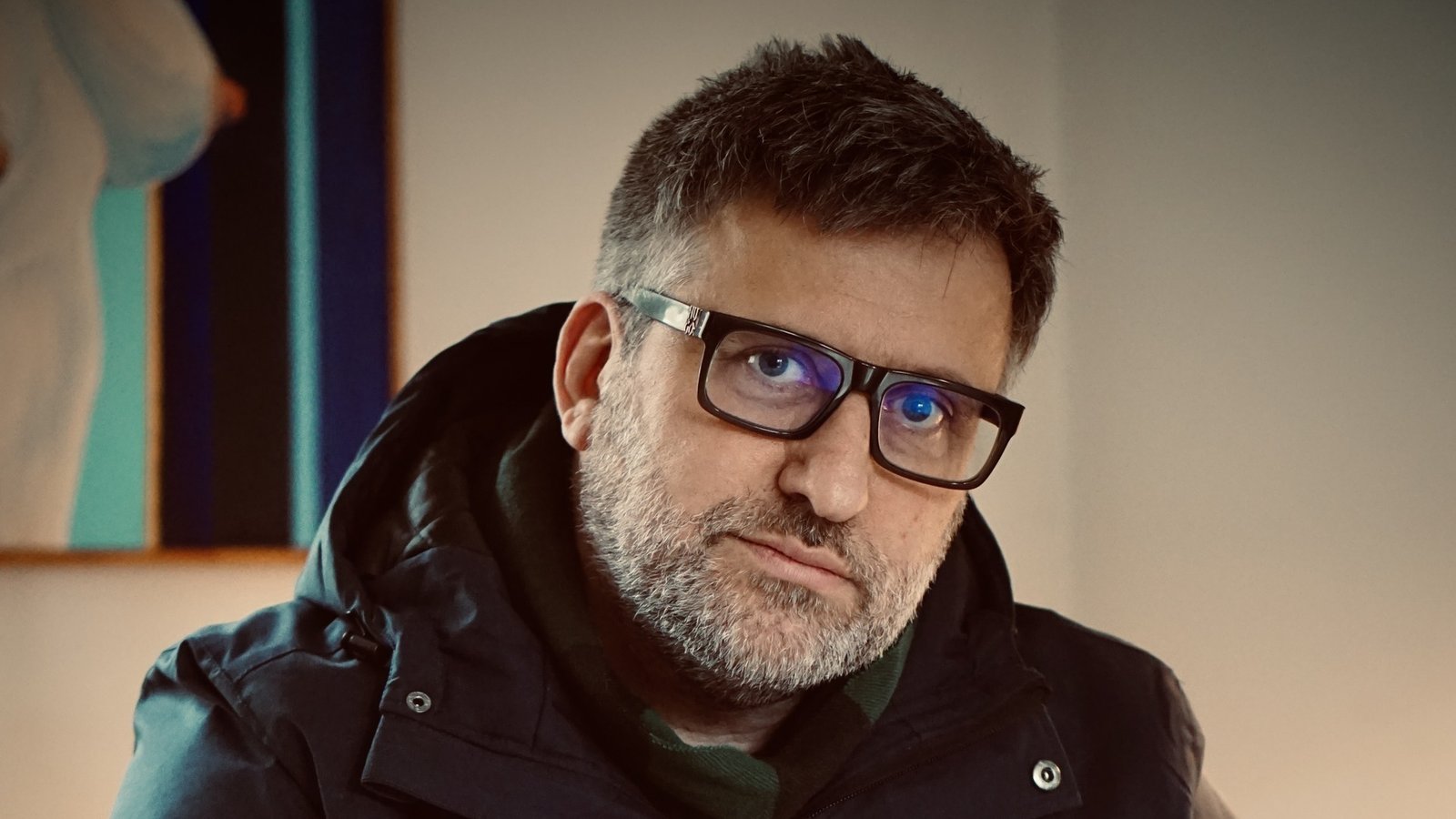
The Passion & Purpose Behind Daniel Gilpin’s Photographic Art
June 2, 2025Haotian Wu, Maomao Ding, Deeksha Meshram and Wenxin Wang
Behind the innovative AI-driven video editing tool - AI Director, a multidisciplinary team including Haotian Wu, Maomao Ding, Deeksha Meshram, and Wenxin Wang brings together expertise in UX design, product research, and technical strategy. With backgrounds in architecture, data science, and user interface design, they focus on crafting intuitive, human-centered experiences that make complex AI technology feel accessible, empowering users to create with confidence and ease.
Haotian Wu: Thank you for the recognition. I'm currently a UX/UI designer at Google. I was deeply inspired by seeing how great design can genuinely transform people's lives. Today, I’m focused on pushing that impact even further, especially by exploring how emerging technologies like AI can create new possibilities for users.
Maomao Ding: Thank you! I'm currently a UX/UI designer. What inspired me to pursue design was the mix of creativity and problem solving. I’ve always been curious about how people interact with technology and how design can make those experiences feel simple and intuitive.
Deeksha Meshram: Thank you! I'm a UX/UI designer passionate about creating intuitive, human-centered experiences. I started in architecture, drawn to the blend of creativity and problem-solving, and later shifted to UX to make a broader impact through technology. What inspires me most is designing products—like our AI video generation platform—that simplify complex systems and empower more people to create confidently.
Wenxin Wang: Thank you! I’m Wenxin, a product manager and user researcher with data science and coding experience. I was inspired to pursue design because I love understanding users deeply and finding creative solutions that also make sense technically and for the business.
Haotian Wu: This award is a huge honor and a meaningful validation of the work we’re doing. It motivates me to continue innovating and leading conversations around the future of AI-driven design.
Maomao Ding: Being recognized in the NY Product Design Awards means a lot to me. It’s a validation of the care and thought I put into my work. It encourages me to keep creating designs that are both functional and meaningful, and reminds me that user-centered thinking truly makes a difference.
Deeksha Meshram: Being recognized in the NY Product Design Awards is a huge honor. It validates the effort I put into making technology more human and accessible. I'm especially proud that our AI video generation platform was acknowledged, as it reflects my commitment to empowering creativity through thoughtful, intuitive design. This recognition motivates me to keep pushing boundaries and designing tools that make a real difference in people’s lives.
Wenxin Wang: It’s a great validation for both our user-centered thinking and our boldness in pushing new AI video creation technology forward. It makes me even more confident about bridging technology and user needs.
Haotian Wu: Winning this award has opened many new opportunities, from collaborating with other industry leaders to mentoring at AI-focused design hackathons. It has also helped establish me more firmly as a thought leader in the intersection of AI and product design.
Maomao Ding: This achievement has helped me gain more confidence in my design approach and opened up new conversations with teams and collaborators who value thoughtful, user-centered work. It has also led to more opportunities to share my process and contribute to projects that focus on clarity, usability, and real impact.
Deeksha Meshram: This achievement has been a powerful milestone in my career—it’s not only elevated the visibility of my work but also opened up conversations with other designers, creators, and innovators who are passionate about human-AI interaction. For our team, it’s been a moment of shared pride and validation, reinforcing the impact of our collaboration and design thinking. It’s sparked interest from new partners and potential collaborators, and it has encouraged us to keep pushing the boundaries of what’s possible with AI-powered creative tools.
Wenxin Wang: It has really boosted our team's credibility when talking to clients and partners about future technologies. It's also opened up new conversations about leading innovation projects.
Haotian Wu: Experimentation is absolutely crucial in my creative process. For this project, we explored a wide range of workflows to optimize how users create videos with AI. Through constant testing and real-time user feedback, we identified the approaches that delivered the most seamless and satisfying experience.
Maomao Ding: Experimentation is a key part of my creative process. It helps me explore different directions, test ideas quickly, and uncover solutions I might not have found otherwise. Whether it’s through sketches, prototypes, or layout variations, trying things out early helps me learn what works and refine the design based on real feedback.
Deeksha Meshram: Experimentation is central to my creative process—it helps me explore new ideas, test assumptions, and find unexpected solutions.While designing our AI video generation platform, I experimented with different ways to simplify scene-by-scene editing. I prototyped and tested both script-first and visual-first flows, which led to a hybrid model that felt intuitive and flexible—boosting user satisfaction and creative control.
Wenxin Wang: Experimentation is a core part of how I work — I believe you only find real breakthroughs by testing and learning fast. For our AI video tool, we ran many quick prototypes to explore different user workflows before deciding on the final experience.
Haotian Wu: One unusual but powerful source of inspiration came from observing how users struggled when creating videos manually without AI tools. By studying their frustrations, creative goals, and workarounds, we uncovered insights that directly shaped how we designed a more intuitive, AI-supported creation experience.
Maomao Ding: One of the most unusual sources of inspiration came from watching people edit videos in real time. I paid attention to their gestures, timing, and how they made quick decisions while shaping a story. It wasn’t a traditional design reference, but it helped me design more intuitive interactions for an AI video editing tool that supported their natural workflow.
Deeksha Meshram: One of my most unexpected inspirations came from watching YouTube creators and indie filmmakers work behind the scenes. Their ability to juggle scripting, planning, and editing with limited resources inspired key features in our AI video platform—like scene previews, image regeneration, and timeline editing. It reminded me that great design supports the messy, creative process—not just simplifies it.
Wenxin Wang: Once, inspiration came from watching how kids quickly remix and create videos on their phones without overthinking. It reminded me that creative tools should feel intuitive and playful, not heavy or complicated.
Haotian Wu: I wish more people understood how AI fundamentally changes the design process. Designing with emerging technologies means embracing uncertainty and shaping solutions for a future that’s still taking form. It's not just problem-solving — it's future-defining.
Maomao Ding: I hope more people understand that good design takes time and iteration. The process can look simple from the outside, but there is a lot of thought and problem solving behind every decision.
Deeksha Meshram: I wish more people understood that design isn’t just about aesthetics—it’s about solving the right problems through iteration, empathy, and constant refinement. Behind every seamless experience is a messy, thoughtful process that often goes unseen.
Wenxin Wang: Design is not just about aesthetics — it's about solving real problems by balancing user needs, technical possibilities, and business goals.
Haotian Wu: Balancing client needs and user-centered design is key. I see myself as the bridge between users, technology, and business goals. By championing the user's voice, I guide projects toward solutions that meet both practical requirements and visionary outcomes.
Maomao Ding: I start by making sure I understand the client’s goals clearly, then I look for ways to meet those needs while also bringing in thoughtful, user-centered design. I share my ideas early, explain the reasoning behind them, and stay open to feedback. It’s about finding common ground through communication and trust.
Deeksha Meshram: I navigate the balance by grounding my ideas in user needs and evidence. I listen closely to client goals, then frame my design decisions around how they support those objectives while also advocating for what will create the best user experience. It’s about collaboration, not compromise—finding solutions that align business goals with thoughtful, effective design.
Wenxin Wang: I listen carefully to their goals first, then use storytelling, prototypes, and future vision to show how my ideas can meet and even exceed their expectations.
Haotian Wu: Designing in the AI space presents constant unknowns, especially when the technology evolves so rapidly. Our biggest challenge was creating intuitive experiences around complex capabilities. We overcame it through relentless testing, iteration, and always grounding ourselves in user feedback.
Maomao Ding: One of the main challenges was designing a powerful AI tool that still felt approachable to everyday users. It was important to simplify complex features without losing functionality. I overcame this by testing early with real users, listening closely to their feedback, and refining the design to support both ease of use and flexibility.
Deeksha Meshram: One key challenge was designing a powerful AI video tool that felt intuitive to non-technical users. Creativity isn’t linear—users jump between scripting, visuals, and edits—so we had to support that flexibility without overwhelming them. Through iterative prototyping and user testing, we refined features like scene-by-scene editing, content regeneration, and guided flows to create an experience that felt both structured and creatively freeing.
Wenxin Wang: One challenge was earning clients’ trust in new AI video generation technology. We overcame it by showing tangible prototypes and connecting our vision clearly to their business needs.
Haotian Wu: When I hit a creative block, I dive into user research, sketches, and studying new behavior patterns. Observing how people interact with technology often sparks fresh ideas. I also look across industries to find unexpected inspirations.
Maomao Ding: I step away from the screen and do something unrelated, like walking, journaling, or watching films. Changing my environment helps me reset. I also revisit old sketches or explore different design styles to spark new ideas and get back into a creative mindset.
Deeksha Meshram: When I hit a creative block, I step away from the screen and immerse myself in something completely different—like sketching, walking in nature, or watching films. Changing my environment helps me reset.
Wenxin Wang: I step away from the screen — I talk to users again, observe real-world problems, or even switch to learning something random in tech or business to spark new ideas.
Haotian Wu: I believe deeply in staying on the edge of technological innovation while grounding every decision in human needs. My work blends the excitement of new tech with a responsibility to create meaningful, accessible experiences for real people.
Maomao Ding: I bring curiosity, empathy, and clarity into my design work. I care about how people feel when using a product, and I focus on making experiences simple, thoughtful, and useful. My background in both UX and visual design helps me balance function with form, and I always try to design with purpose.
Deeksha Meshram: Empathy, inclusivity, and curiosity are core values I infuse into my designs. Growing up in a context where access to technology wasn’t always equal, I’m driven to create tools that are intuitive and empowering for a wide range of users. My background in architecture also shaped my appreciation for structure and storytelling, which I carry into digital design—ensuring each experience is both functional and emotionally resonant.
Wenxin Wang: I always bring a balance of empathy, technical thinking, and business understanding into my designs, because I believe great products must be both visionary and executable.
Haotian Wu: Always be a strong advocate for your users, even when it's challenging. Stay curious about emerging technologies like AI and think about how they can shape the future of design. Success comes from blending empathy with innovation.
Maomao Ding: Focus on solving real problems and understanding your users. Start with clear ideas and improve through feedback and iteration. Don’t worry about making things perfect from the start.
Deeksha Meshram: Stay curious, stay empathetic, and embrace iteration—great design is rooted in understanding people, not just polishing pixels. Focus on real problems, ask bold questions, and see feedback as a guide, not a setback. Most of all, trust the process—that’s where real growth and meaningful work take shape.
Wenxin Wang: Stay curious about users, technology, and business — not just design trends. Real success comes from building solutions that people love and that actually work in the real world.
Haotian Wu: I would choose to collaborate with my teammates. Their creativity, deep understanding of users, and passion for pushing boundaries constantly inspire me. Great design happens when brilliant minds build on each other's ideas.
Maomao Ding: Same, I’d choose my current teammates as well. They bring a sharp mix of creativity, critical thinking, and collaboration to every project. We challenge each other in the best ways, and there's a strong sense of trust that makes it easy to explore new ideas.
Deeksha Meshram: I’d choose to collaborate with my current teammates as well. They bring a diverse mix of perspectives, creativity, and problem-solving approaches that constantly push me to grow. We challenge each other’s ideas in the best way, stay aligned through open dialogue, and take ownership of our work.
Wenxin Wang: I would love to collaborate with my current teammates because his philosophy of simple, honest, and user-focused design perfectly matches how I approach product building.
Haotian Wu: I wish more people would ask how AI design is changing the way users create videos. We've worked hard to lower barriers, empower creativity, and make high-quality video creation accessible to everyone — and I believe we’re just getting started.
Maomao Ding: I wish more people would ask, “How do you decide what to keep and what to let go?” My answer is that I focus on clarity and purpose. If something doesn’t serve the user or support the goal, I let it go. Good design is about making thoughtful choices, not adding more.
Deeksha Meshram: I wish more people would ask, “What story are you trying to tell through your work?” My answer would be, for me, design is a way to tell stories that make technology feel human. Whether it’s through an AI video platform or a user interface, I aim to create experiences that empower people, simplify complexity, and spark creativity. Every project is an opportunity to tell a story that’s intuitive, inclusive, and impactful.
Wenxin Wang: I wish people would ask how I balance innovation with real user needs. My answer is: by always starting from users' pain points, then carefully layering in new technologies to create something both valuable and forward-looking.
Winning Entry
AI Director | 2025 NY Product Design Awards
AI Director is an innovative AI-driven video editing tool that enhances creativity and productivity through an intuitive and structured interface. It streamlines the video creation process for content creators... (read more here)
Haotian Wu, Maomao Ding, Deeksha Meshram and Wenxin Wang
Behind the innovative AI-driven video editing tool - AI Director, a multidisciplinary team including Haotian Wu, Maomao Ding, Deeksha Meshram, and Wenxin Wang brings together expertise in UX design, product research, and technical strategy. With backgrounds in architecture, data science, and user interface design, they focus on crafting intuitive, human-centered experiences that make complex AI technology feel accessible, empowering users to create with confidence and ease.
Explore more designs with The Thoughtful Sparkle: Inside White on with Yuliya Nip here.

